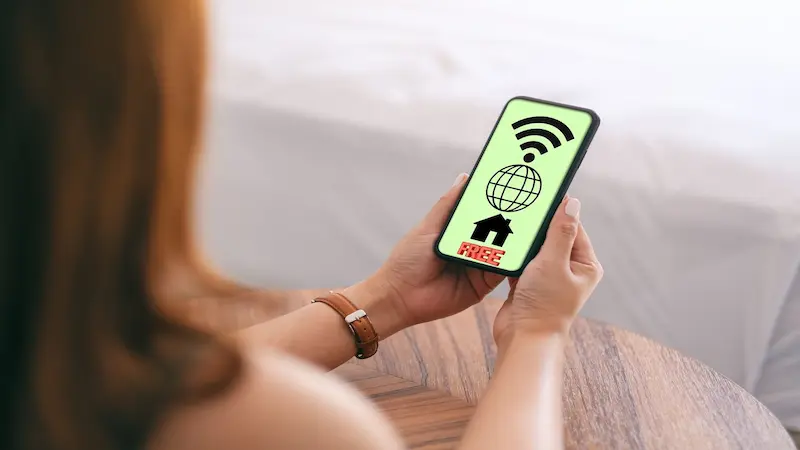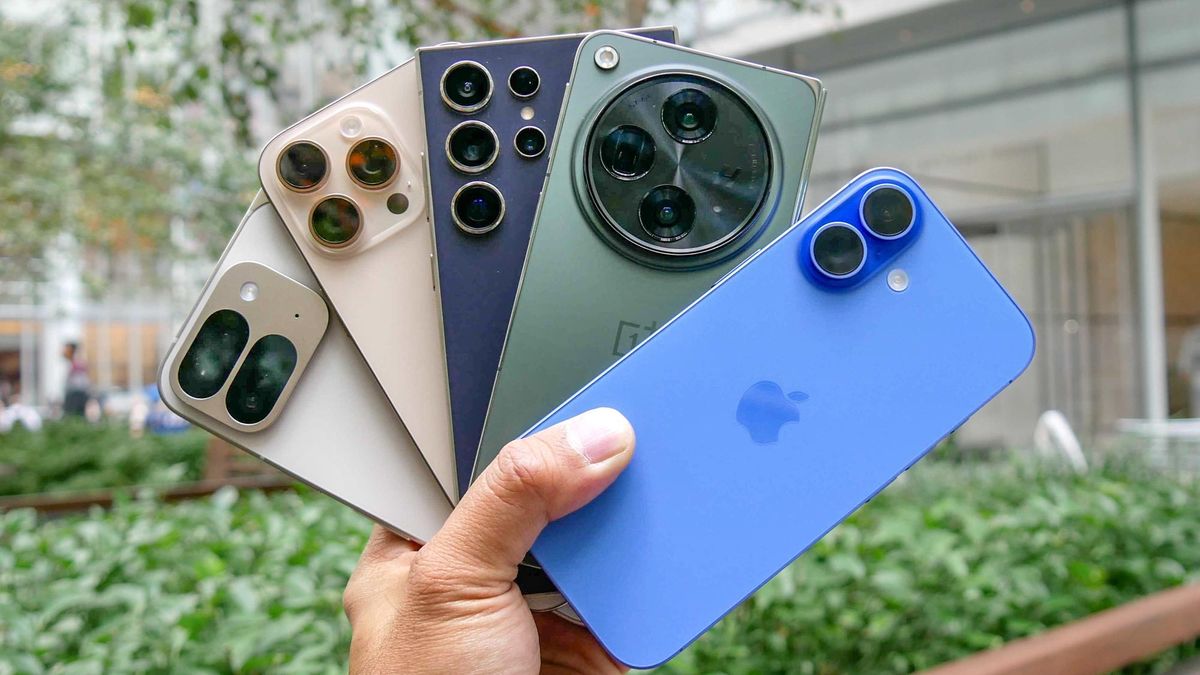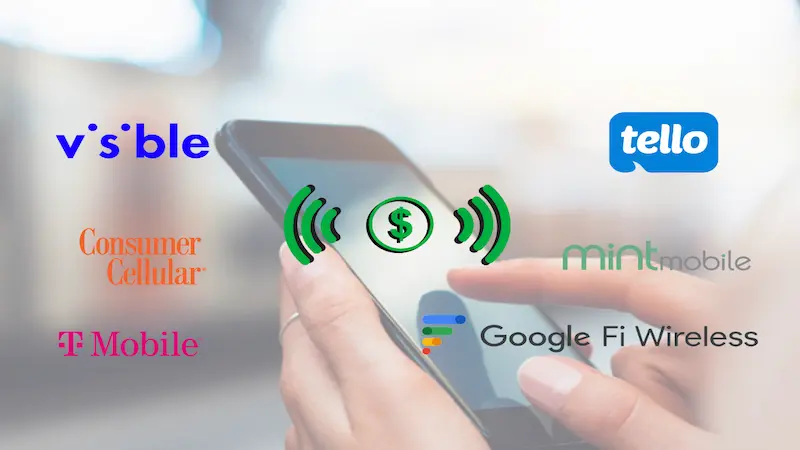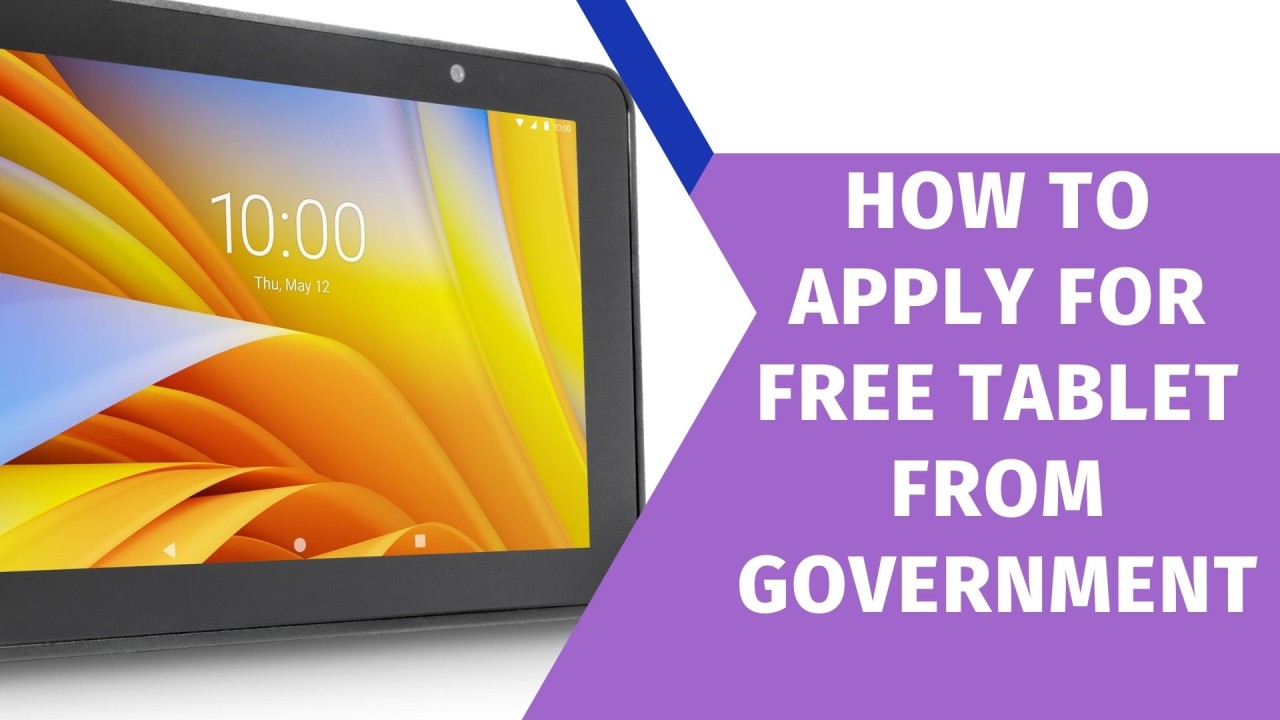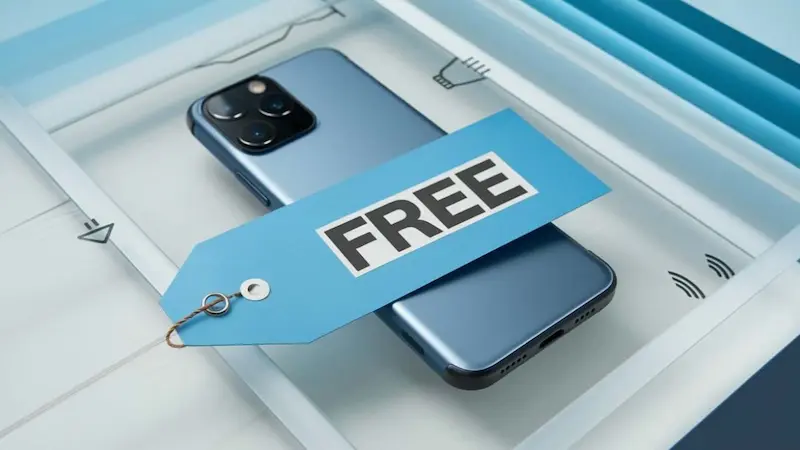Complete the Application
With your chosen provider and the necessary documentation in hand, the next step is completing the Lifeline application. The application can typically be submitted either online via the Lifeline National Verifier website or through paper mail. Here’s how to navigate this step effectively:
1. Access the Application: Visit the Lifeline National Verifier website and locate the application form. If you prefer a paper application, you may download it from the website or request it from your chosen service provider.
2. Provide Personal Information: To ensure proper processing of your application, include detailed personal information such as:
- Full Name: Ensure that your name appears as it does on your ID or Social Security documents.
- Date of Birth: This helps verify your identity.
- Social Security Number: Providing your Social Security number is essential for identifying your eligibility and confirming your status.
- Home Address: Your address must be accurate to avoid complications in service installation, if applicable.
3. Submit Supporting Documentation: Attach the gathered proof of eligibility files (income verification or proof of assistance) along with your application. If using the online application, follow the upload instructions carefully.
4. Review and Confirm: Before finalizing your application, conduct a thorough review to ensure that all information provided is accurate and correctly filled out. Mistakes in the application can lead to delays.
5. Submit Your Application: After ensuring accuracy, submit your application as directed (online or through mail). Keep a copy of your application and any documents sent for your records. If applying online, you may receive a confirmation of your submission.
By paying attention to detail during the application process and ensuring all required information and documentation are filled out accurately, you can minimize the chances of delays and facilitate a smooth approval process.

Next Page
You May Also Like
-

The Benefits and Limitations of Free Internet Service
Explore the benefits and challenges of free internet service, including its impact on the digital divide, economic growth, education, privacy, security, and the future of global access.
-

Top 5 Local Providers Offering Free Mobile Devices and Plans
Through their shared commitment to accessibility, these initiatives are emblematic of how technology can empower individuals and communities alike.
-

Best Free Cell Phone Plans for Low-Income Families
Explore the best free cell phone plans for low-income families, including Lifeline, Affordable Connectivity, Assurance Wireless, Safelink, and nonprofit programs to bridge the digital divide.
Popular Blog
-

Affordable Alternatives When You Don’t Qualify for Free Government Phones in the U.S.
Don’t qualify for a free government phone like Lifeline? This article explores affordable options for staying connected. Discover prepaid plans, discounted deals, the used phone market, and how to leverage free Wi-Fi and community resources to maintain essential communication on a budget.
-

How to Get a Free Tablet from Government Programs
In this article, we’ll explore these programs, the types of tablets you can get, and the carriers currently participating in these initiatives.
-

How to Check Your Eligibility for Free Cell Phones and Services
Learn how to check your eligibility for free cell phones and services through programs like Lifeline and ACP. Discover income-based requirements, application steps, and benefits.
